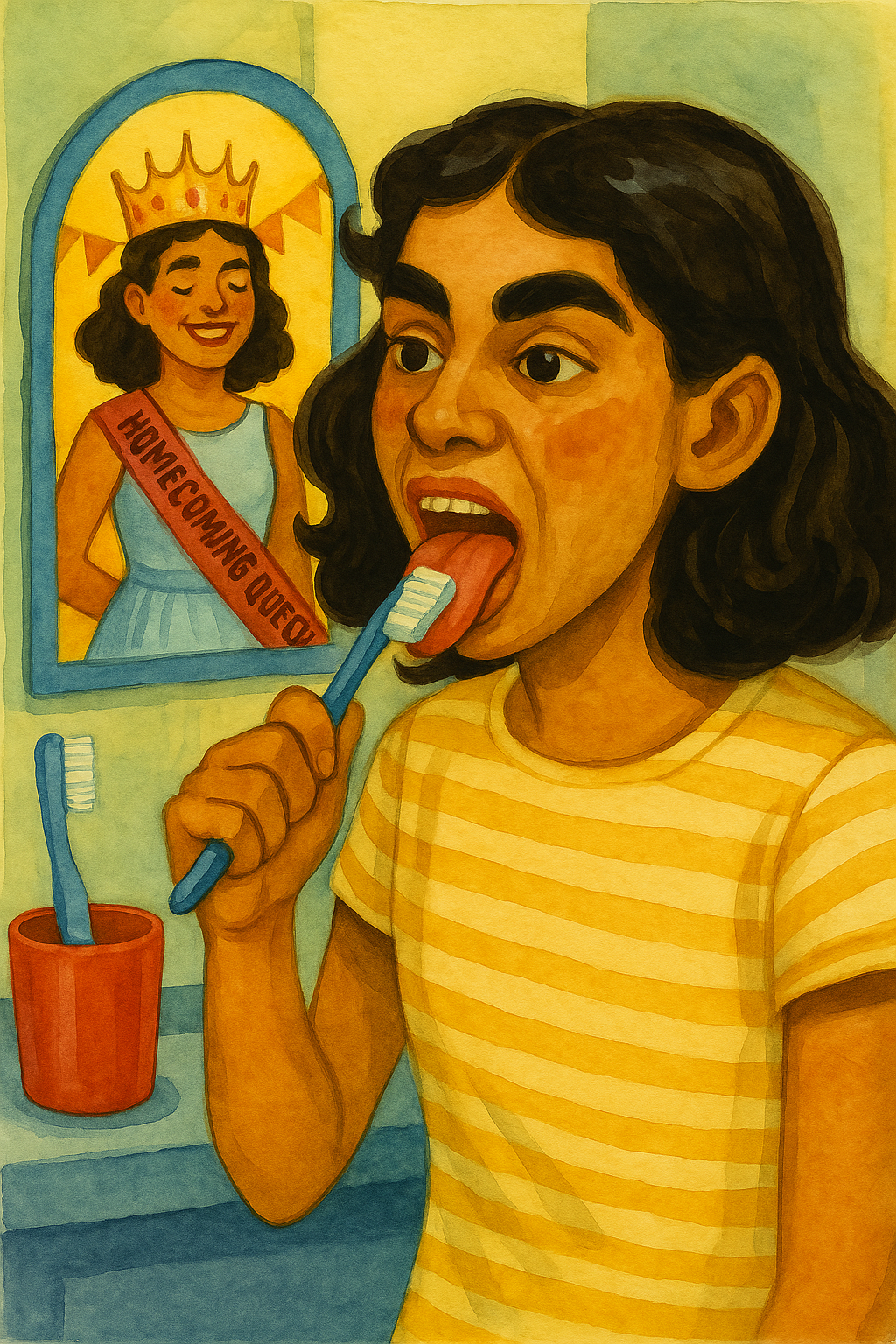Debunking 5 popular myths about Invisalign
/Invisalign has become a popular alternative to traditional braces for achieving straighter teeth and a beautiful smile. However, despite its growing popularity, there are still some myths and misconceptions surrounding this orthodontic treatment. In this blog, we will debunk five common myths about Invisalign and provide you with accurate information to help you make an informed decision.
Myth 1: Invisalign Is Only for Minor Orthodontic Issues
One prevalent myth about Invisalign is that it can only address minor orthodontic issues. In reality, Invisalign is suitable for a wide range of dental concerns, including crowded teeth, gaps, overbites, underbites, and crossbites. While severe cases may still require traditional braces, Invisalign has evolved to handle more complex orthodontic problems. A consultation with an experienced Invisalign provider can determine if you are a suitable candidate for the treatment.
Myth 2: Invisalign Treatment Takes Longer Than Braces
Another common misconception is that Invisalign treatment takes longer than traditional braces. In fact, the duration of orthodontic treatment is highly individual and depends on the complexity of the case. However, in many cases, Invisalign treatment can be completed in a similar timeframe as traditional braces, and sometimes even faster. Invisalign uses advanced technology to map out the treatment plan from the start, allowing for a more accurate prediction of treatment duration.
Myth 3: Invisalign Aligners Are Uncomfortable
Some people believe that wearing Invisalign aligners is uncomfortable. However, while you may experience some mild discomfort during the initial adjustment period, such as slight pressure or tightness, it is usually minimal and temporary. The aligners are custom-made to fit snugly over your teeth, and most patients report that they quickly get used to wearing them. Invisalign aligners are made from smooth, BPA-free plastic, making them more comfortable compared to the metal brackets and wires of traditional braces.
Myth 4: Invisalign Is More Expensive Than Traditional Braces
One common myth surrounding Invisalign is that it is significantly more expensive than traditional braces. While the cost of Invisalign can vary depending on the complexity of the case and the location, it is important to note that the price difference between Invisalign and traditional braces is not as substantial as many believe. Moreover, some dental insurance plans cover a portion of the cost of Invisalign treatment, making it more accessible to patients.
Myth 5: Invisalign Is Less Effective Than Braces
A prevailing myth is that Invisalign is less effective than traditional braces. In reality, Invisalign has proven to be highly effective in treating a wide range of orthodontic issues. The treatment process involves a series of custom-made aligners that gradually shift your teeth into the desired position. Regular check-ups with your Invisalign provider ensure that your treatment progresses as planned. It is crucial to follow the prescribed treatment plan and wear the aligners for the recommended 20-22 hours a day for optimal results.





